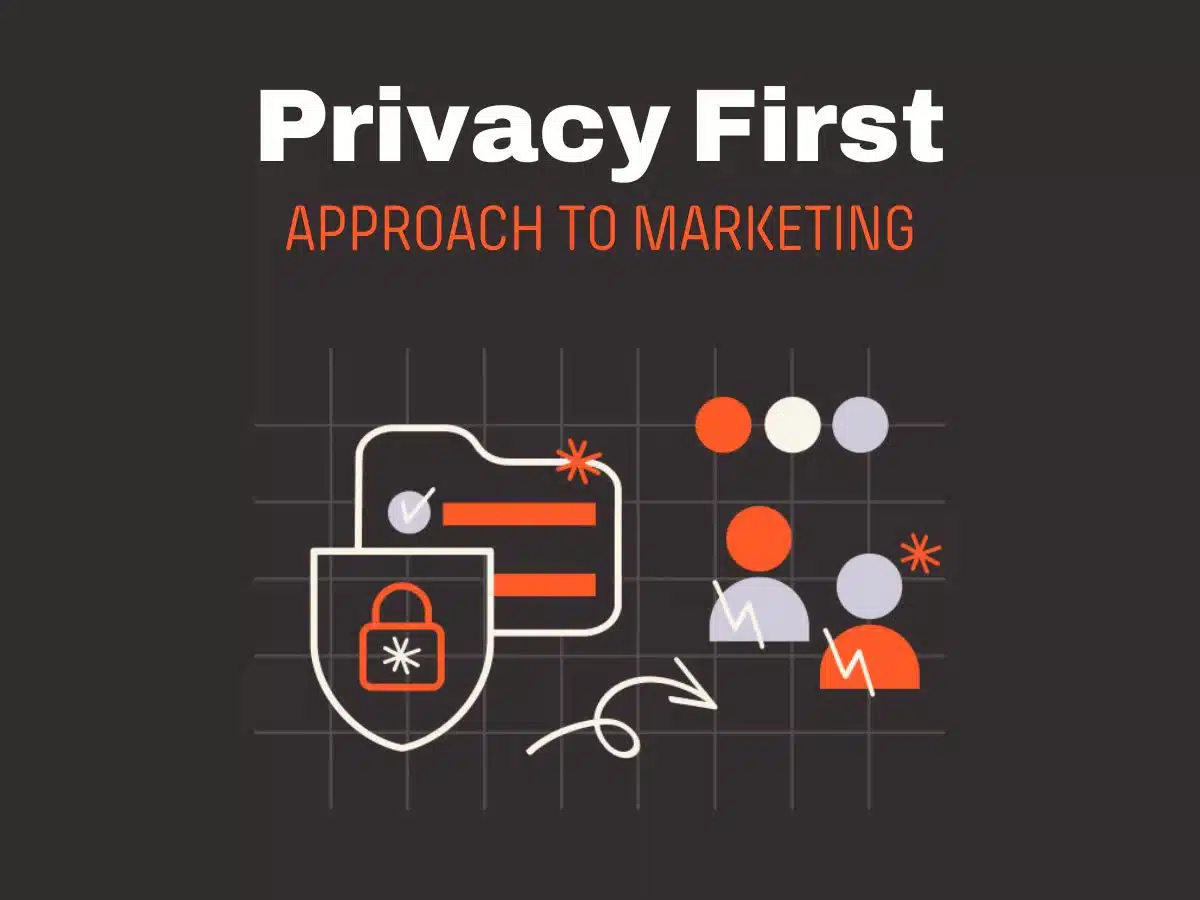In an age where data breaches and privacy concerns dominate headlines, businesses are reevaluating their marketing strategies to prioritize consumer trust and data protection. Privacy-first marketing has emerged as a powerful approach that balances personalization with respect for user privacy. Here’s a comprehensive look at what privacy-first marketing entails, its importance, and best practices to implement it effectively.
What is Privacy-First Marketing?
Privacy-first marketing places consumer data protection at the core of marketing strategies. It involves using transparent and ethical data collection practices, minimizing reliance on third-party data, and complying with global privacy regulations like GDPR (General Data Protection Regulation) and CCPA (California Consumer Privacy Act).
This approach emphasizes:
-
- Transparency: Clearly communicating to users how their data is collected and used.
- Consent: Obtaining explicit permission before collecting or using data.
- Data Minimization: Collecting only the data essential for achieving marketing objectives.
Why is Privacy-First Marketing Important?
-
- Regulatory Compliance
Governments worldwide are enacting stricter privacy laws, making it mandatory for businesses to adapt. Failing to comply can lead to substantial fines and damage to a company’s reputation. - Building Trust
A survey by Pew Research found that 81% of Americans feel they have little to no control over how companies use their data. Privacy-first strategies can build trust by addressing these concerns. - Future-Proofing
With the phasing out of third-party cookies and growing limitations on tracking technologies, privacy-first marketing ensures that businesses remain competitive without relying on invasive practices.
- Regulatory Compliance
Core Principles of Privacy-First Marketing
-
- First-Party Data Collection
Focus on collecting data directly from users through channels like email sign-ups, surveys, and loyalty programs. This data is more accurate and complies with privacy regulations. - Contextual Advertising
Instead of tracking users across websites, use contextual cues to serve relevant ads. For example, promoting running shoes on a fitness blog without collecting user data. - Consent Management
Deploy clear and user-friendly consent banners that allow customers to opt in or out of data collection. - Secure Data Storage
Implement strong cybersecurity protocols to safeguard user data from potential breaches. - Transparent Communication
Clearly outline your data usage policies in your privacy policy and customer communications.
- First-Party Data Collection
Tools and Technologies for Privacy-First Marketing
-
- Consent Management Platforms (CMPs): Tools like OneTrust or TrustArc help manage user consent effectively.
- Customer Data Platforms (CDPs): Platforms like Segment or Adobe Experience Cloud allow businesses to centralize first-party data securely.
- Server-Side Tracking: Reduce reliance on third-party cookies by adopting server-side analytics tools like Snowplow.
Success Stories: Privacy-First Marketing in Action
-
- Apple’s Privacy Initiatives
Apple has introduced features like App Tracking Transparency (ATT), which requires apps to obtain user consent for tracking. This move has reshaped the digital marketing landscape and reinforced Apple’s commitment to user privacy. 2. Procter & Gamble (P&G)
- Apple’s Privacy Initiatives
P&G has shifted to contextual targeting, reducing its reliance on third-party data while maintaining strong customer engagement and ad performance.
Conclusion
Privacy-first marketing is not just a compliance requirement; it’s an opportunity to build a stronger connection with customers. Partnering with Sphere Media Technologies ensures your business stays ahead with innovative, privacy-conscious strategies for long-term success.


